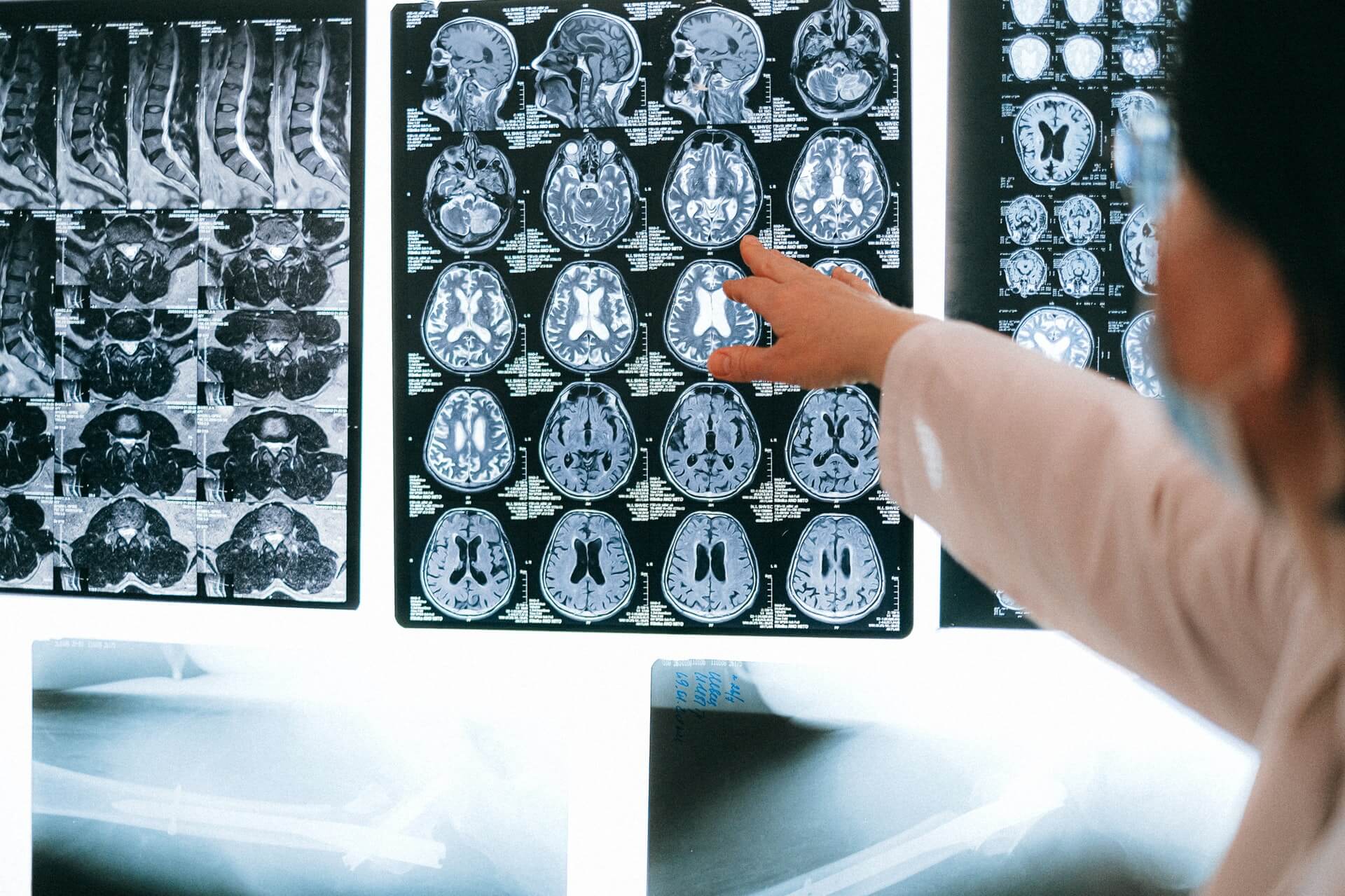
How Surgeons Use virtual reality Technology to Train and Adapt
Surgical training platforms that leverage virtual reality can provide immersive education for students and Surgeons to use virtual reality and evolve the skill sets required for advanced medical procedures. When surgeons are first learning new procedures, they face a challenge. They need as much practice as possible in order to master procedures. Yet, performing surgery on a subject to train is not feasible. While observation and reading are the most common learning tools, the rise of VR in healthcare opens up a new possibility. While the use of VR controllers may not perfectly replicate real-life tools, these procedures provide a way to safely gain first-hand experience.
Wearing goggles and a headset connected to a computer program while holding a controller in each hand, the user is able to “perform” a surgical or medical procedure on a digital patient that seems very real. Surgical examinations have now begun to include VR surgery sequences alongside standard written materials. This makes it possible to give every candidate the same operating-table conditions, and compare results across candidates. Surgeons Use virtual reality to help build their confidence.
Today there are virtual anatomical atlases, such as, for example, in the National Library of Medicine in the US. These systems represent the various organs of the average person. A computer can recreate not only external but also mechanical parameters of organs.
VR medical training games have some practical benefits: the specialist must develop skills, repeatedly training to perform the operation, without harming the real patients. At the same time, it is important not only to recreate a graphic image but also to fix the tactile feedback, which makes it possible to feel a mechanical effect on tissues and organs.
Many complex operations (for example, plastic surgery) require careful testing and preliminary modelling of the doctor’s actions. Medical simulators allow you to “lose” the entire course of the operation in advance, revealing difficult places and preparing for the different scenarios that can accuse during the operation.
The Stanford University Surgical Simulation project of creation the simulators of human organs is intended more for experienced surgeons who can work out subtle procedures in the virtual space. The surgeon can compensate for the lack of medical experience by using such a simulator.







